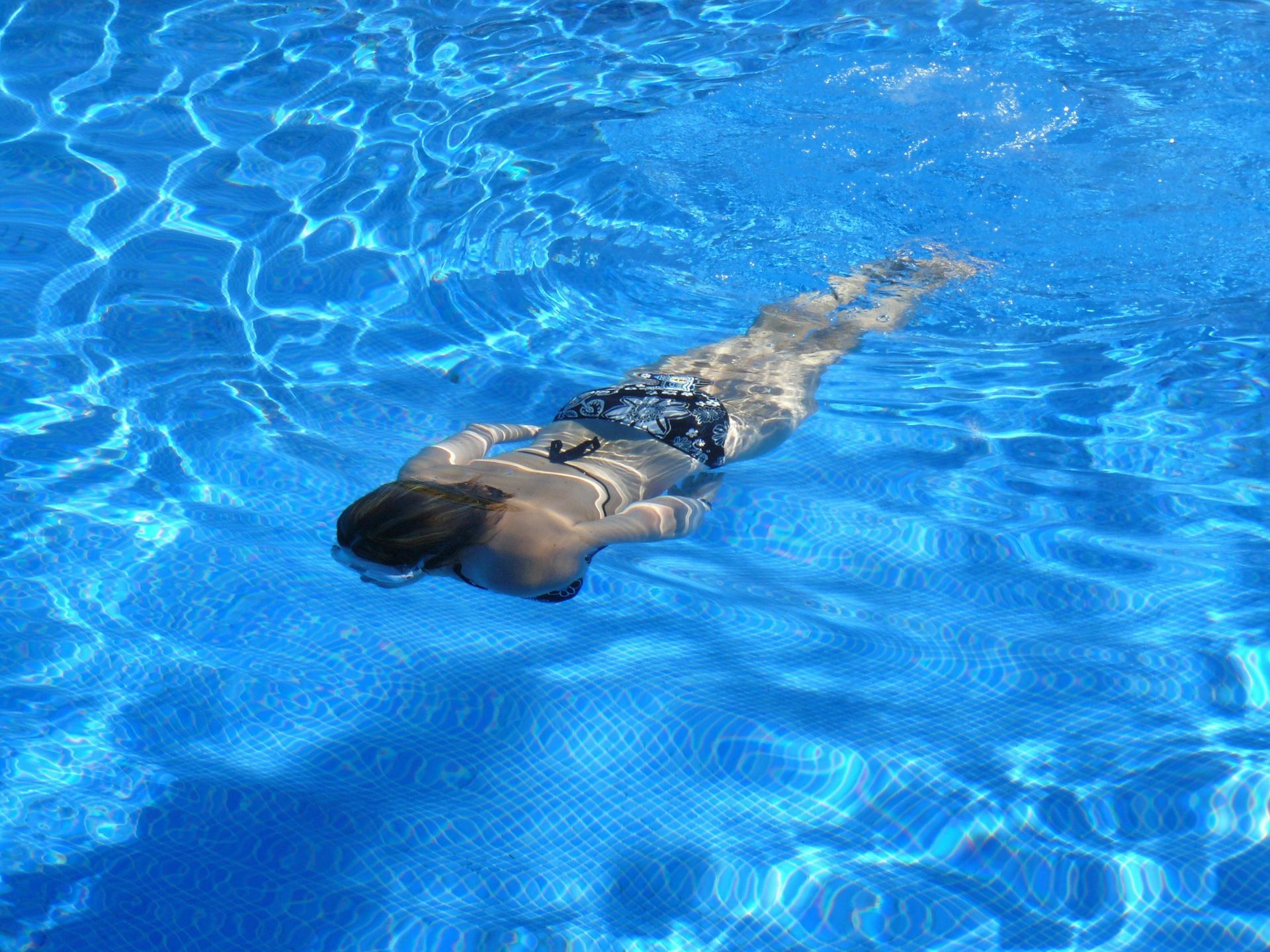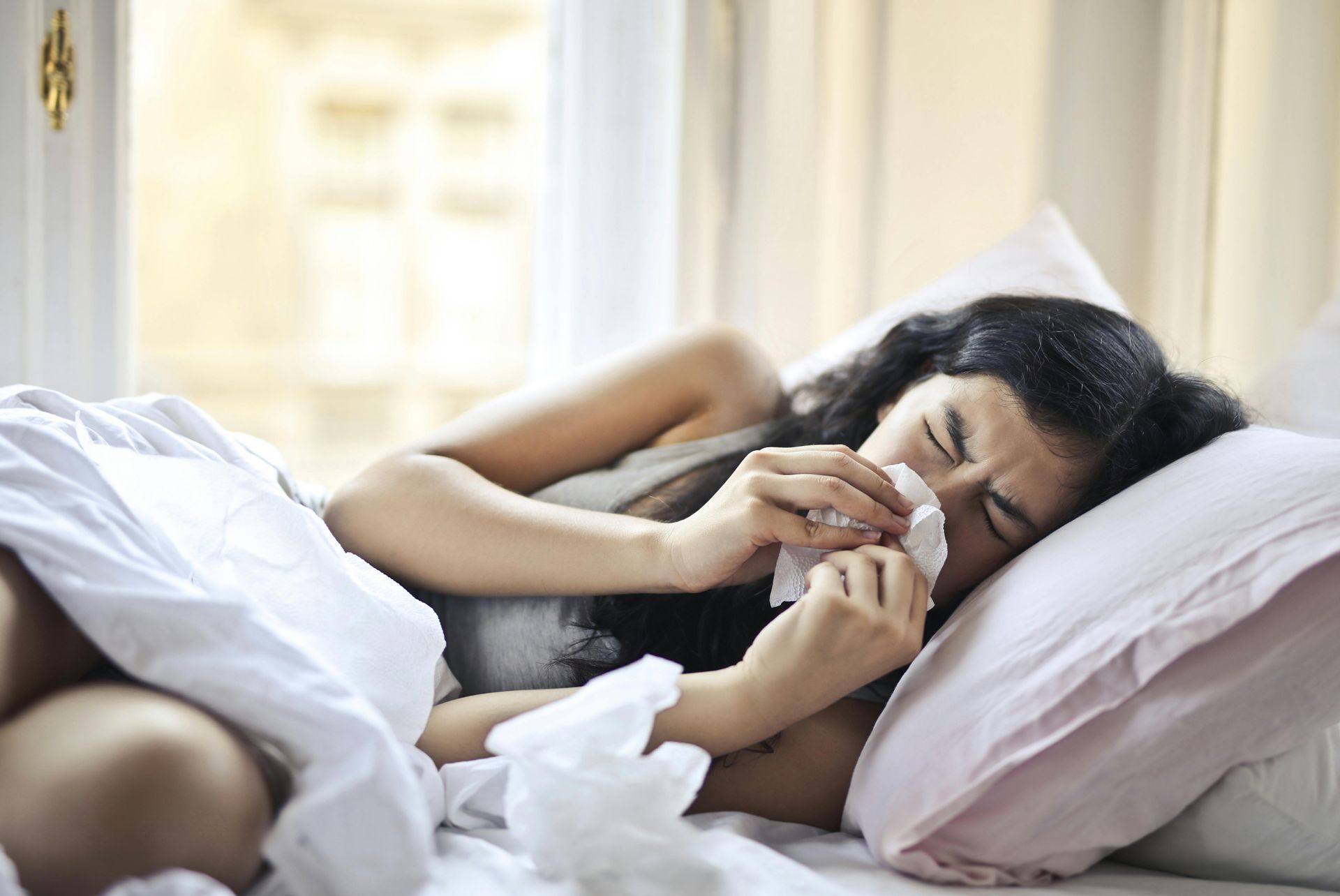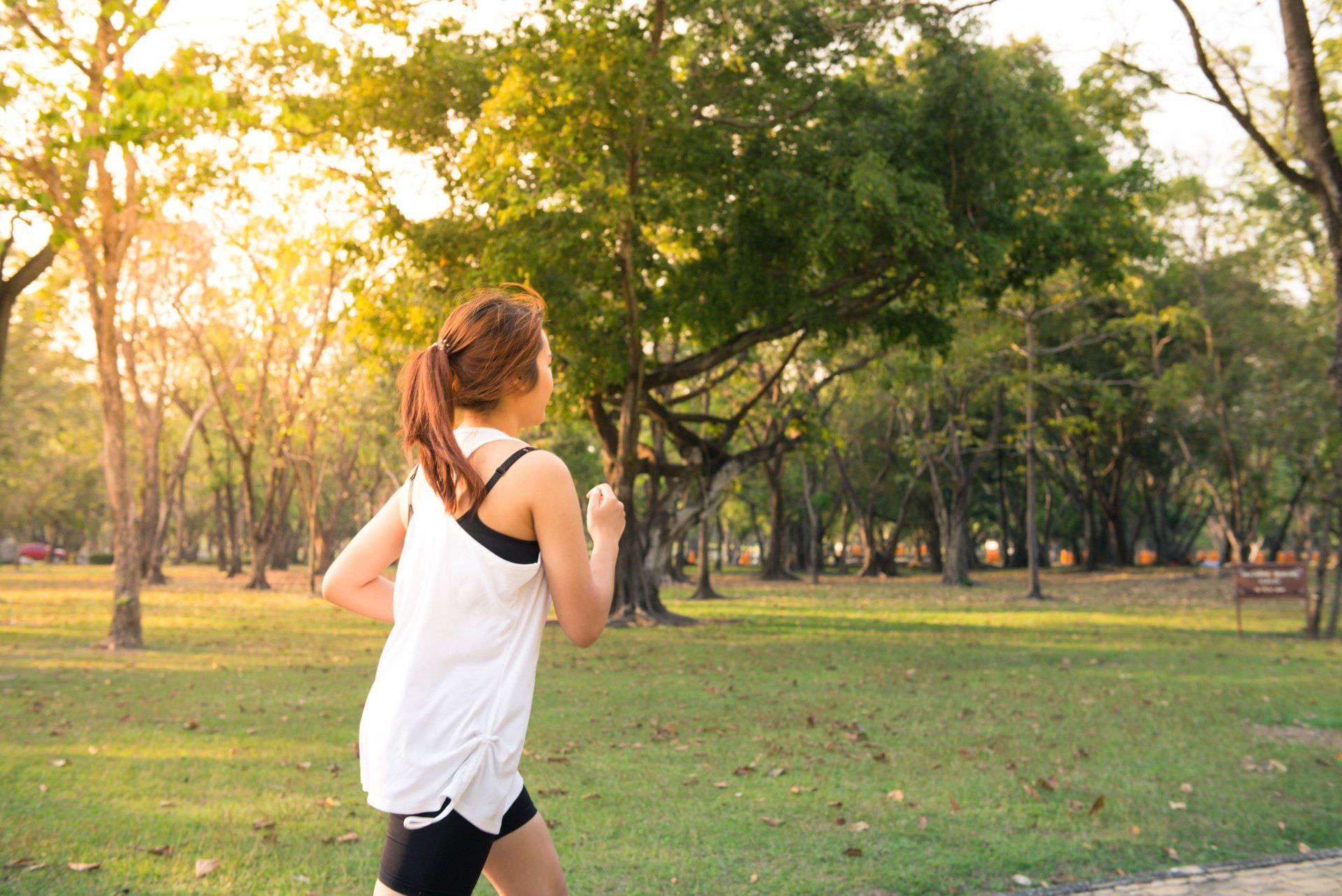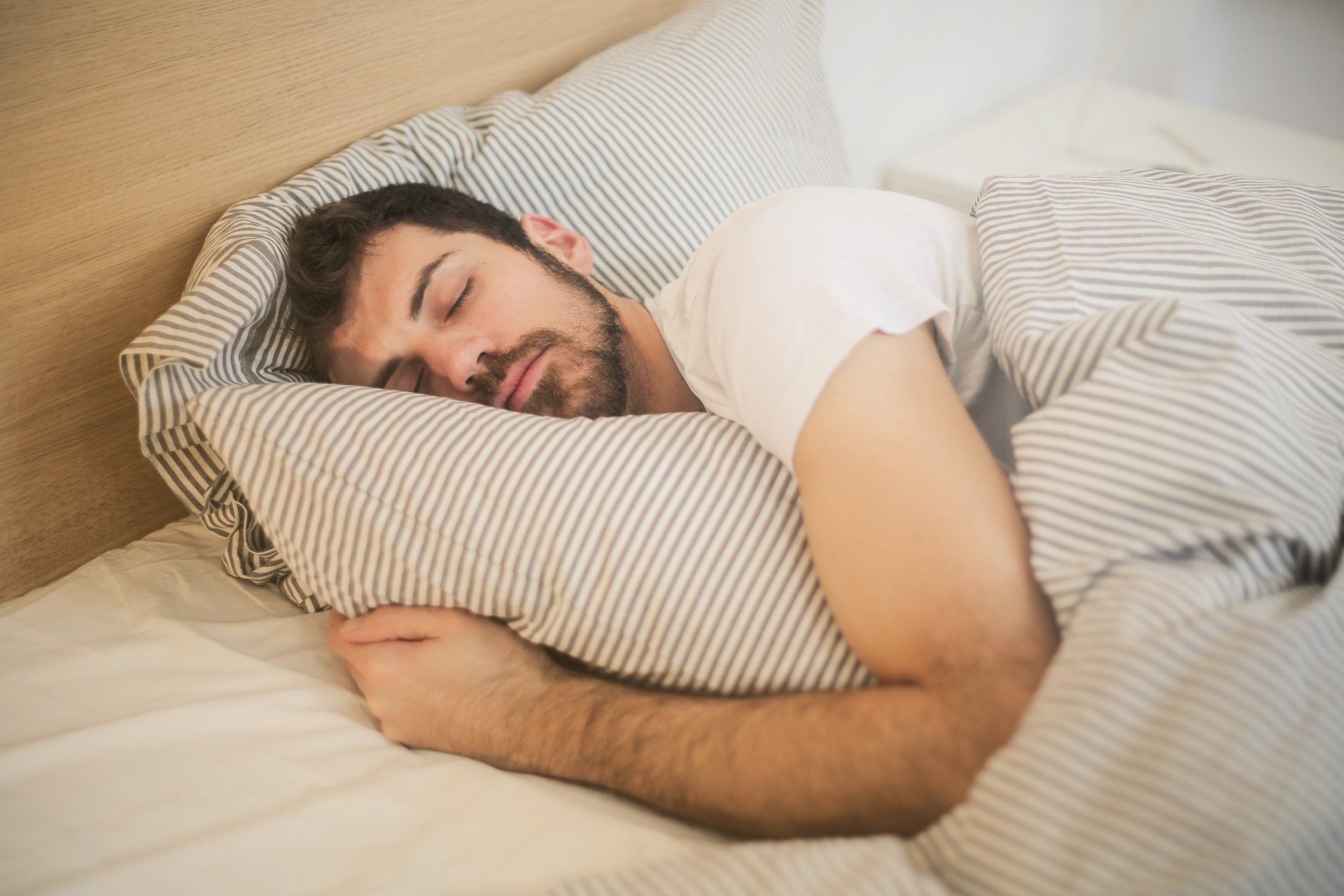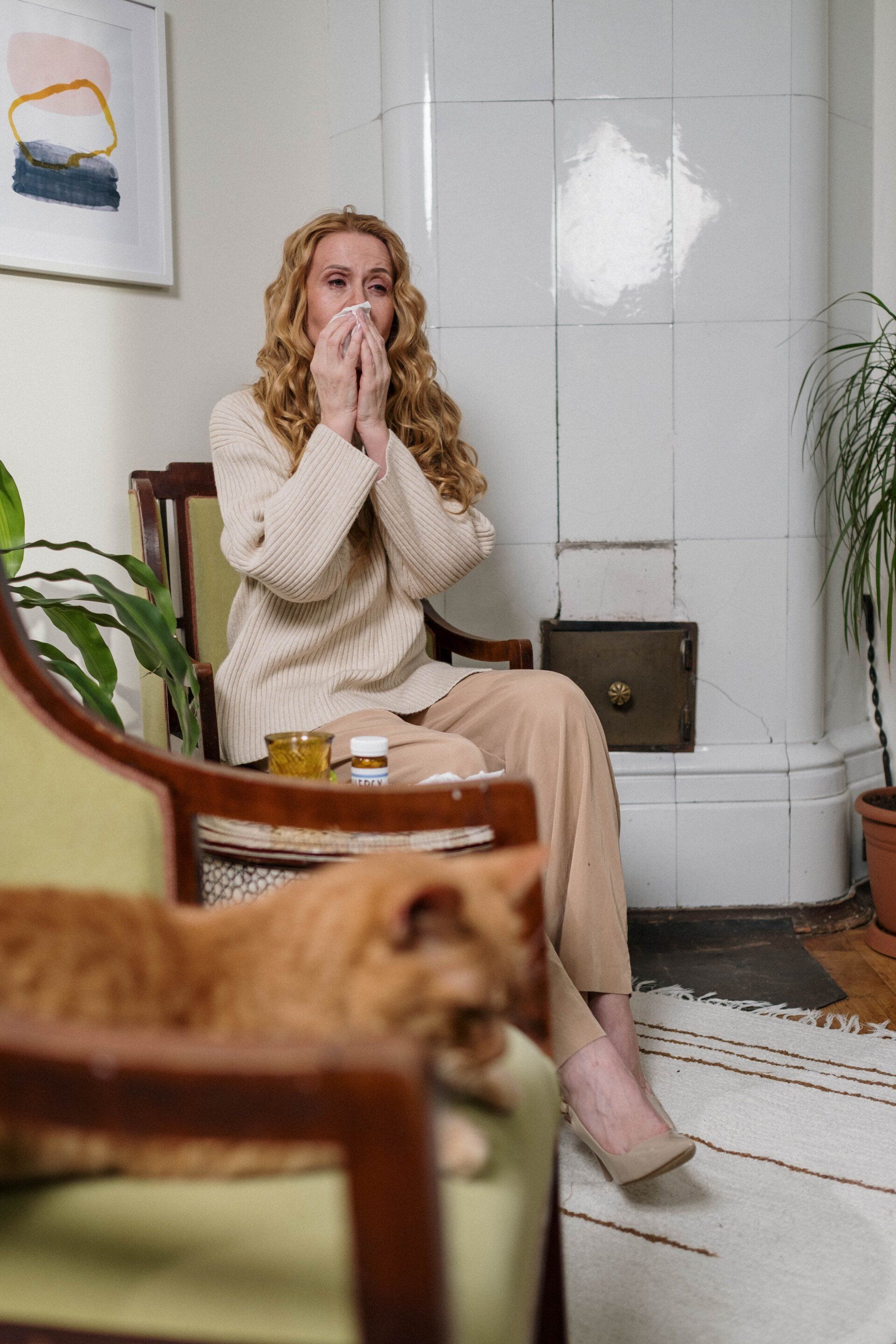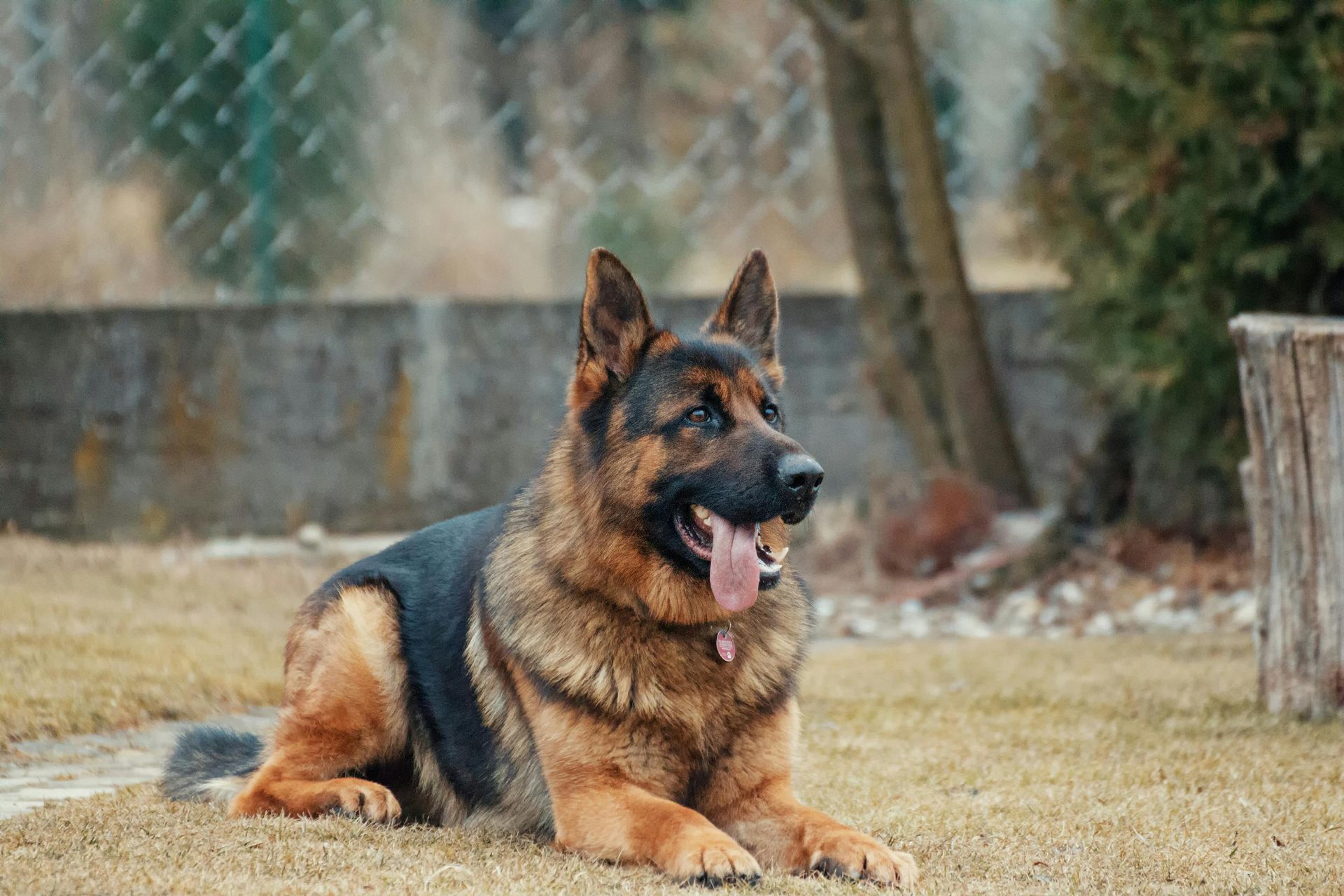Navigating Food Allergies with Expertise
We specialize in identifying and managing food allergies and sensitivities, offering dietary guidance, medication prescriptions, and allergist referrals to ensure your safety and wellbeing.
Relief for Joint Pain and Discomfort
Our approach to treating joint pain includes a range of therapies from medication to physical therapy referrals, targeting the cause of your pain for effective relief.
Comprehensive Allergy Management
Understand and manage your allergic responses with our expert care, including diagnosis, treatment plans, and preventive strategies to minimize symptoms and improve your daily life.
Our clinic in Utah County is dedicated to providing relief from pain and allergic responses, offering specialized treatments for conditions like joint pain and food allergies/sensitivities. We understand the impact these conditions can have on your daily life and are committed to offering effective solutions.
Food Allergies/Sensitivities: Navigating food allergies and sensitivities can be challenging. We provide comprehensive allergy testing, dietary guidance, and emergency medication prescriptions. Our goal is to help you identify and manage your dietary triggers, ensuring safety and improving your quality of life.
Joint Pain: Whether caused by arthritis, injury, or other conditions, joint pain can significantly affect mobility and comfort. Our treatments range from medication and physical therapy referrals to holistic approaches like acupuncture, all aimed at reducing pain and improving joint function. I treat various causes of joint pain, from arthritis to injury-related pain, and refer to my collaborating chiropractor, physical therapist, rheumatologists or orthopedic specialists for advanced care.
Allergic Reactions and Responses: Managing allergic reactions requires a careful and knowledgeable approach. We offer diagnosis and treatment for various allergic conditions, providing personalized care plans that include avoidance strategies, medication management, and lifestyle recommendations to minimize symptoms and enhance your wellbeing.
At our clinic, we focus on understanding the root cause of your pain or allergic response and offer treatments that are tailored to your specific needs. Our aim is to alleviate discomfort, improve your overall health, and empower you with the knowledge and tools to manage your condition effectively. Let us help you live a more comfortable and fulfilling life, free from the constraints of pain and allergies.
Conditions Treated
Digestive Health
Metabolic and Hormonal Disorders
Neurological and Cognitive Health
Sleep Disorders
Let's Discover How I Can Help You Feel Your Best
Your journey to better health is just a message away. Whether you’re facing chronic conditions, seeking relief from pain, or aiming to improve your overall wellness, I’m here to guide and support you. As a dedicated Nurse Practitioner in Utah County, I bring a blend of expertise, empathy, and personalized care to address your unique health needs. Don't let health challenges hold you back any longer. Reach out today, and let’s explore how we can work together to help you feel your best. Every step towards health is a step towards a happier, fuller life.
Contact Us
Blog
